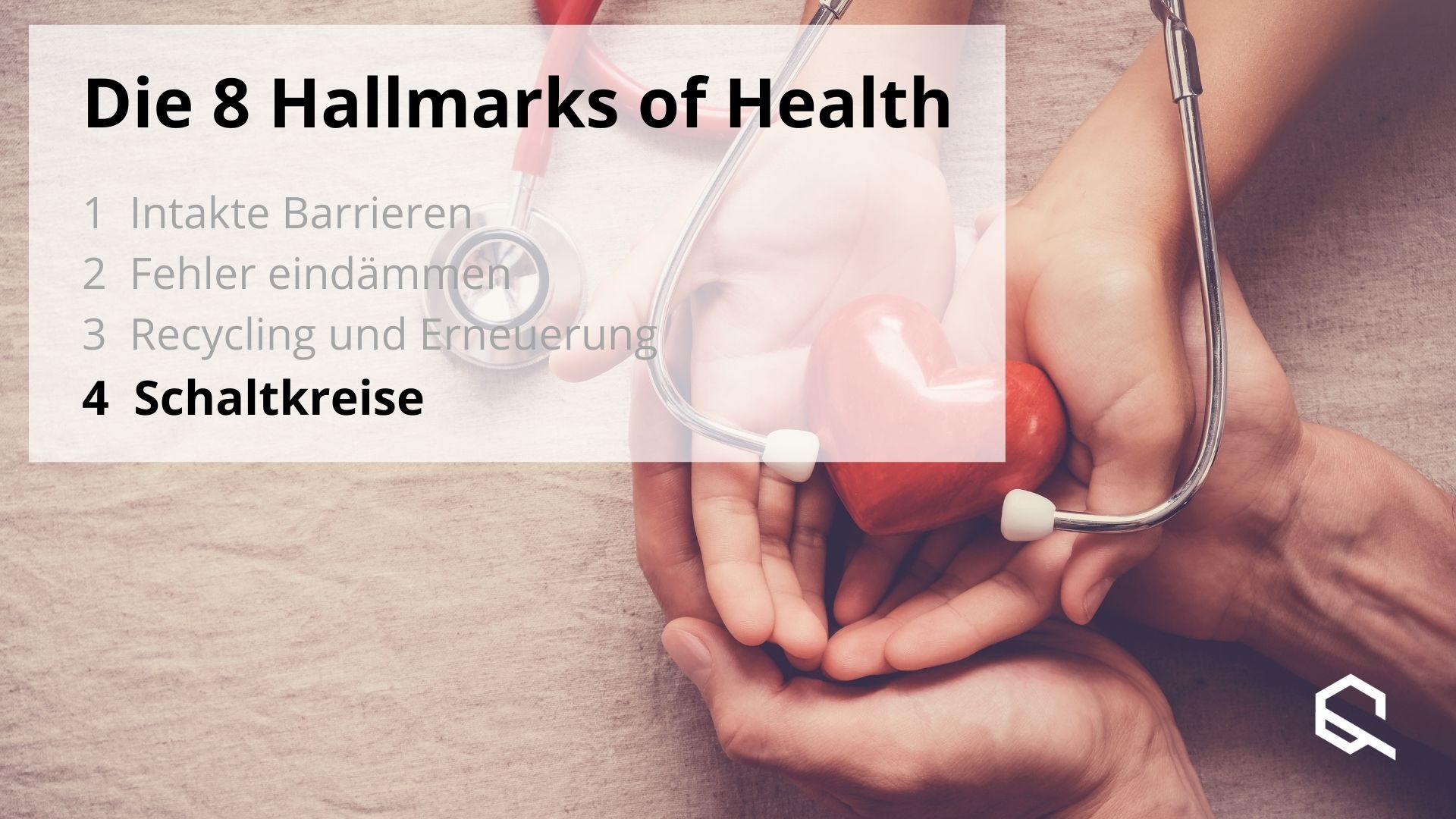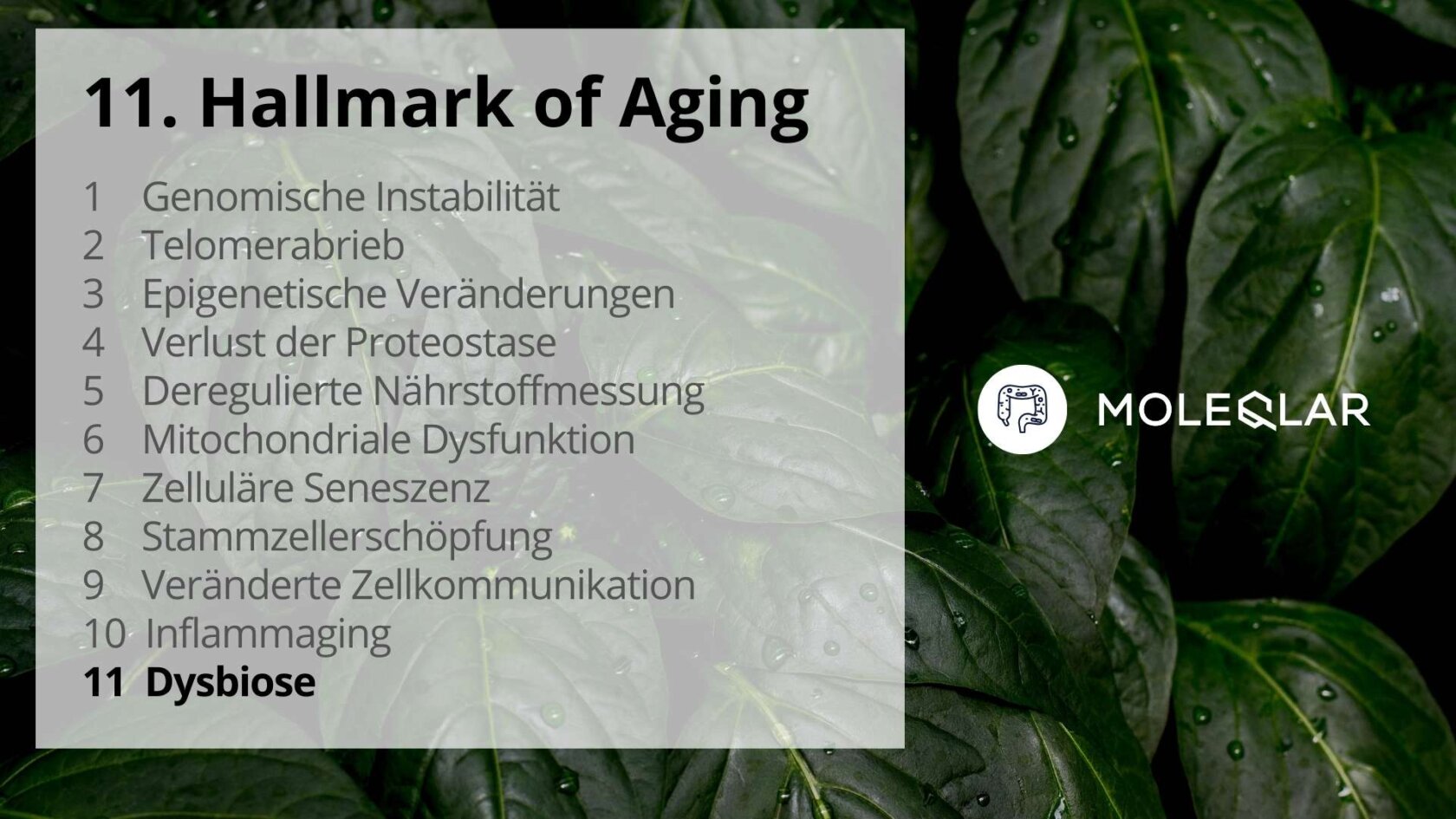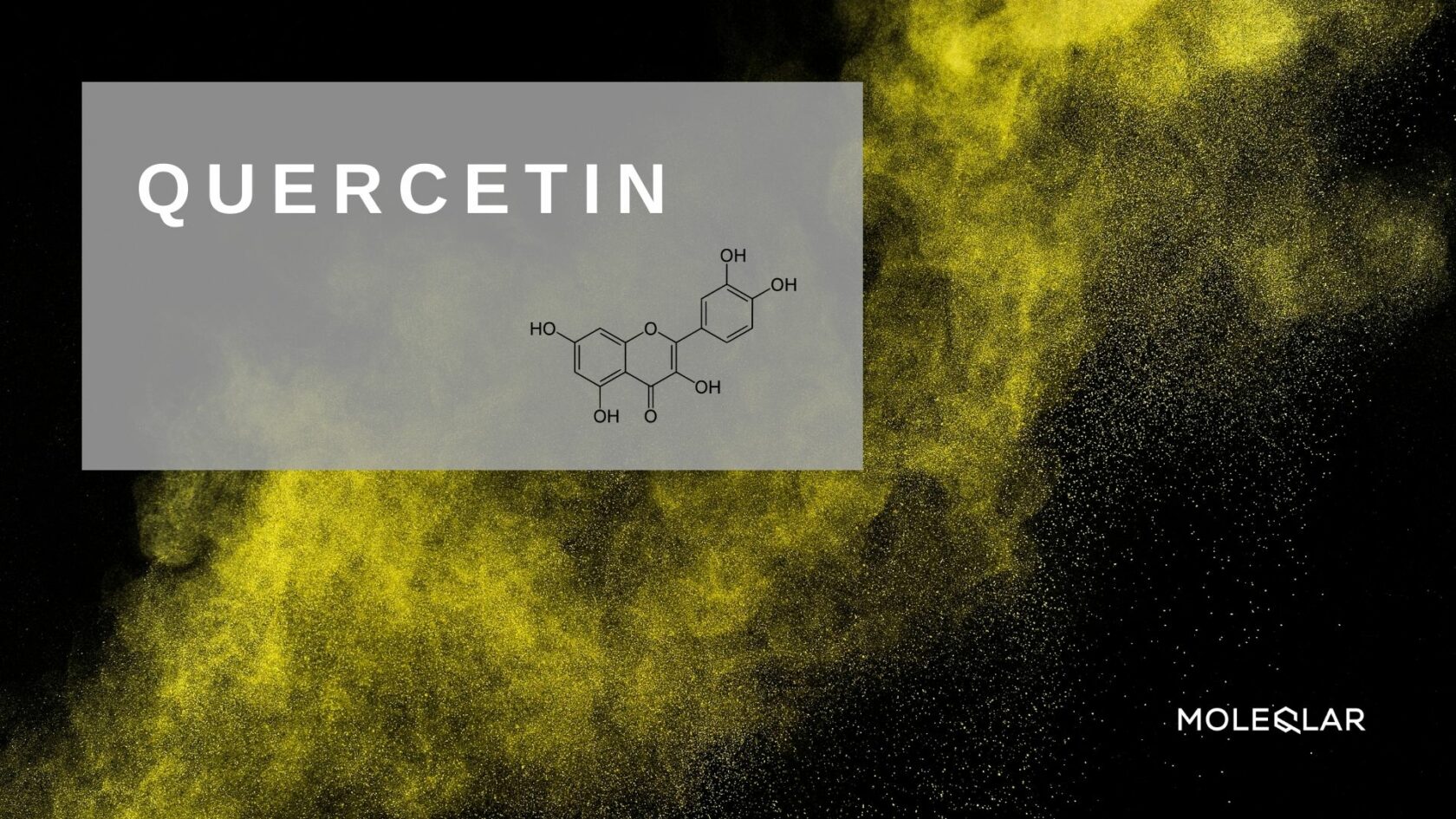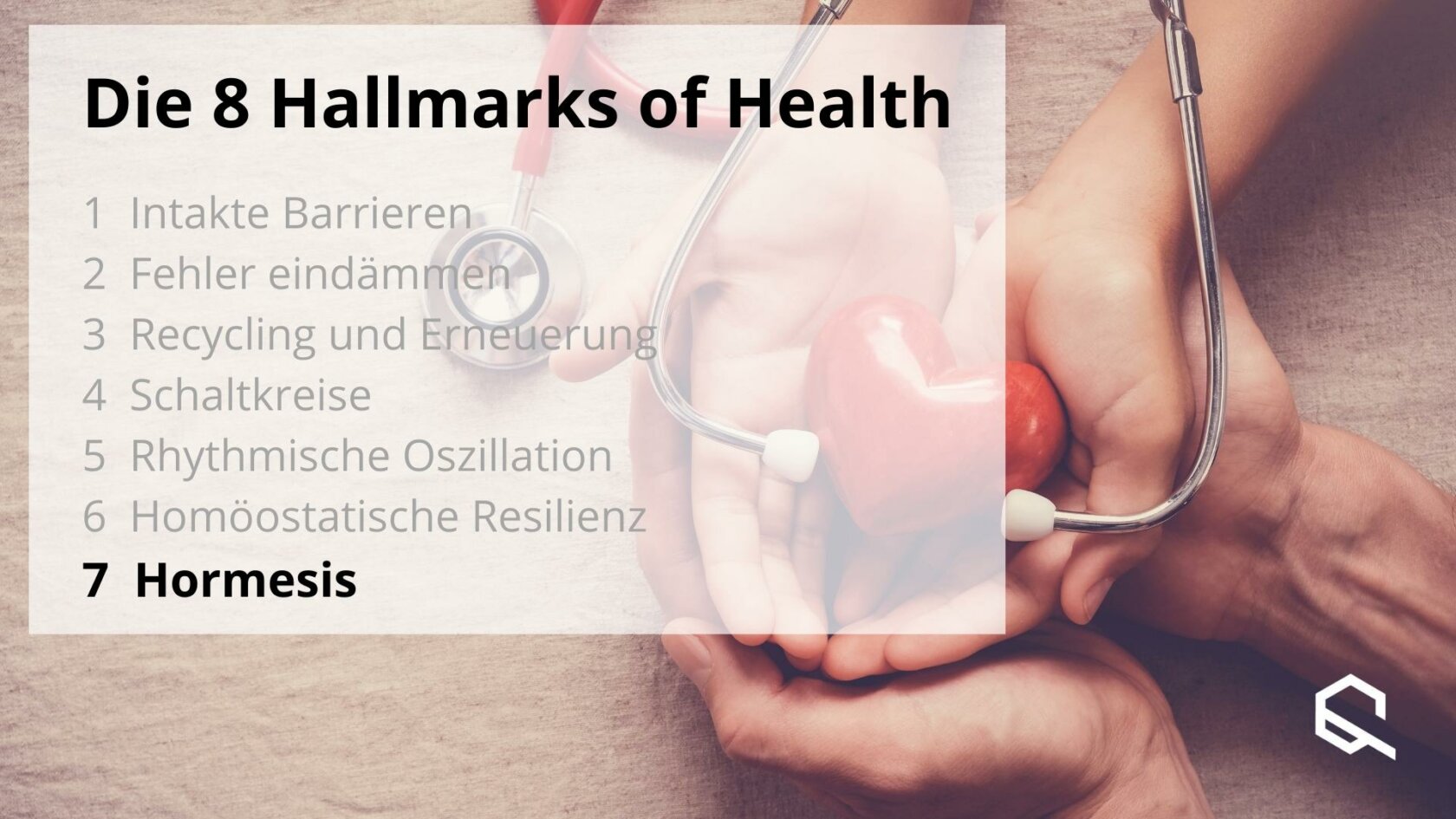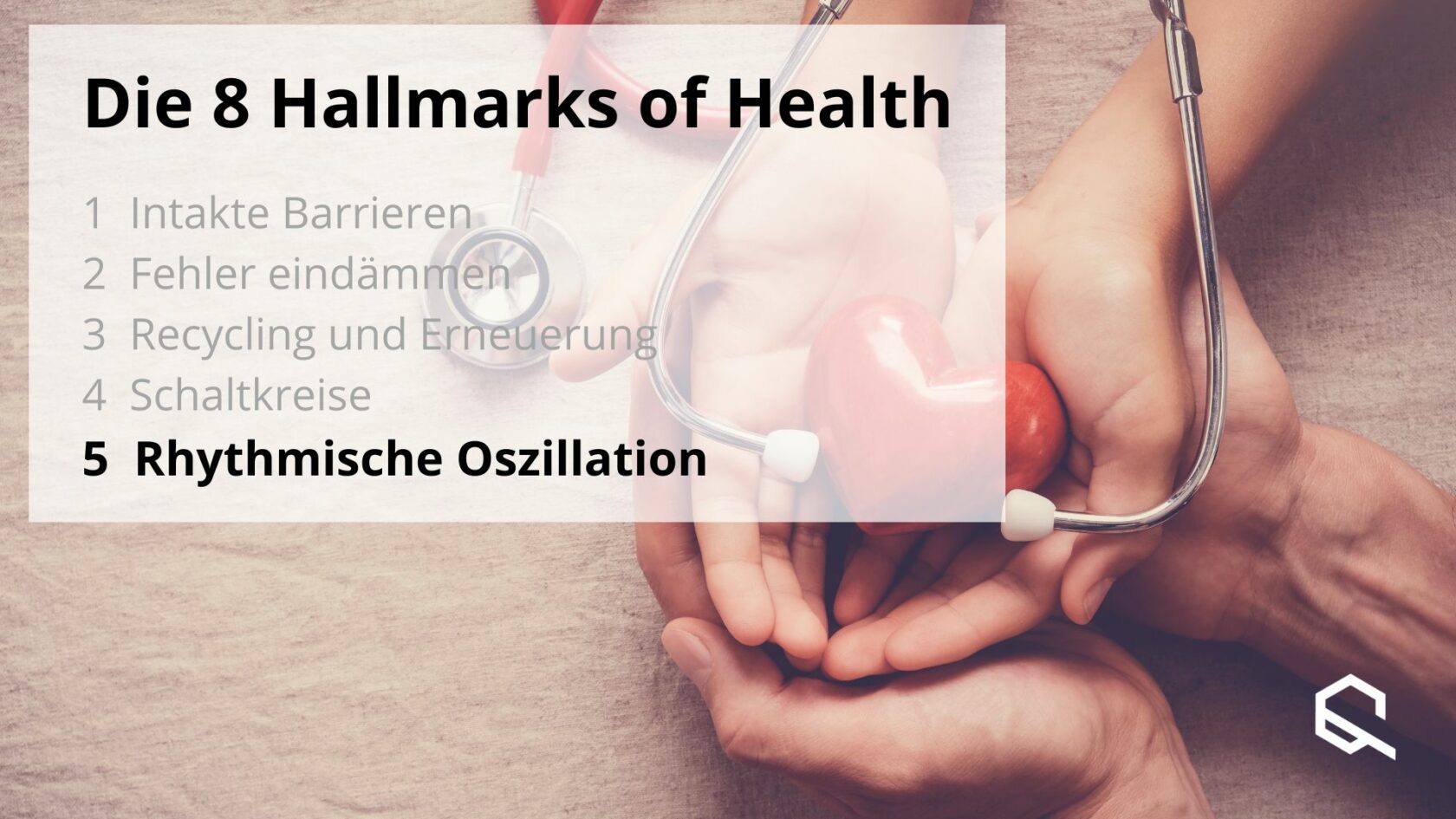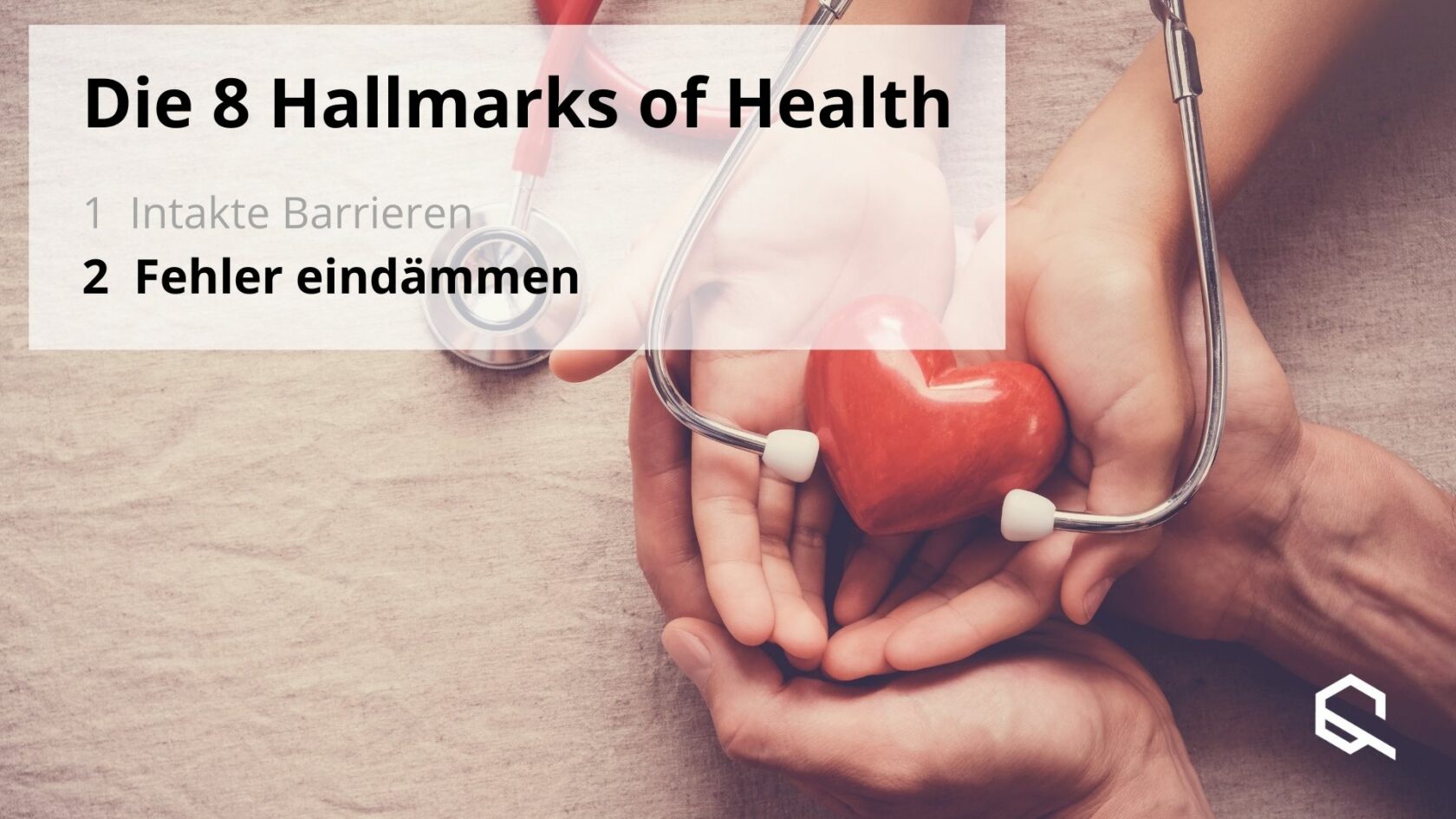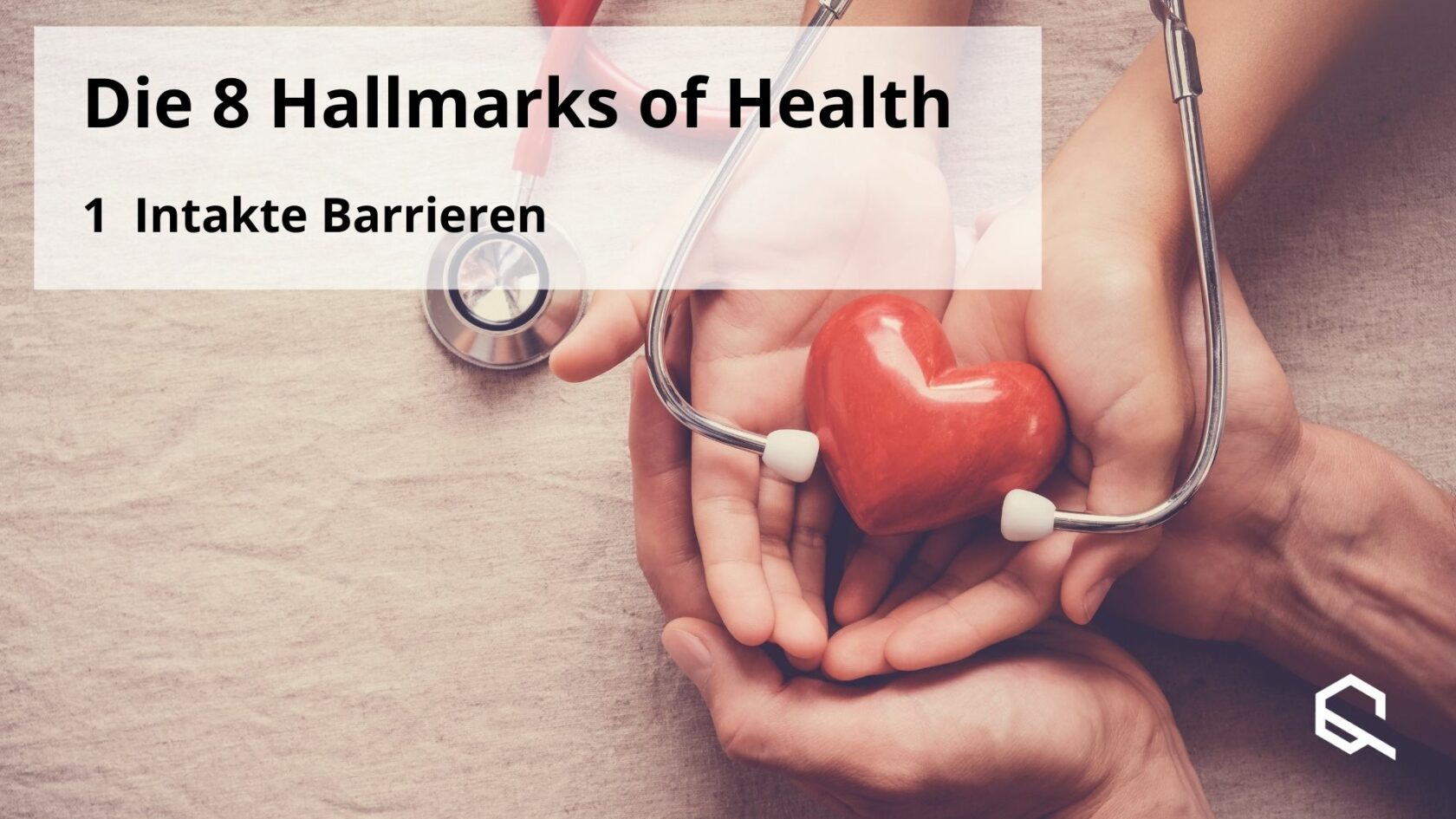"You are a machine" - this sentence applies not only to muscle-bound people, but to each and every one of us. In addition to the mechanical analogy, our body can also be compared to a complex electrical machine. It consists of various control centres and individual parts that are connected by circuits.
Every molecule, every cell, every organ can be part of several circuits and take on different functions - be a transmitter or receiver, or function as a transmitter.
Circuits within the cell
As you have already read in the article Hallmarks of Health 1 - Intact Barriers, each cell is a reaction space of its own with several other compartments. Each of these individual spaces and their contents is part of one or more circuits, but at the same time also connected to circuits outside the cell.
Within a cell, for example, AMP occurs in several functions. AMP stands for adenosine monophosphate and is a building block of RNA. RNA is, so to speak, the working copy of our DNA, which provides the building instructions for proteins. In addition, AMP is a product of the breakdown of ATP (the universal energy currency of our cells). When a cell requires a lot of energy - i.e. ATP - the molecule is broken down and AMP is released. Consequently, a high AMP level in the cell speaks for a high energy consumption.
The high concentration of AMP, as an indicator of a low energy level, can in turn shut down energy-consuming processes in the cell in order to save energy. This is done by the AMP-dependent kinase (AMPK). As the name suggests, this kinase - an enzyme that alters the structure of other proteins and thus their function - is dependent on the molecule AMP. In the case of a high AMP level, the kinase is activated and changes the structure of enzymes that are responsible for very energy-consuming or catabolic processes. Thus, if the cell is already consuming a lot of energy anyway, energy consumption in parts of the cells is brought down via this circuit.
AMPK is also one of the four longevity pathways(click here for the article on the four molecular pathways to the fountain of youth).
Similar to AMP, there are many circuits or even feedback loops in the cell that control and influence the processes there. But also functions outside a separated cell space can be influenced by products of the cell.
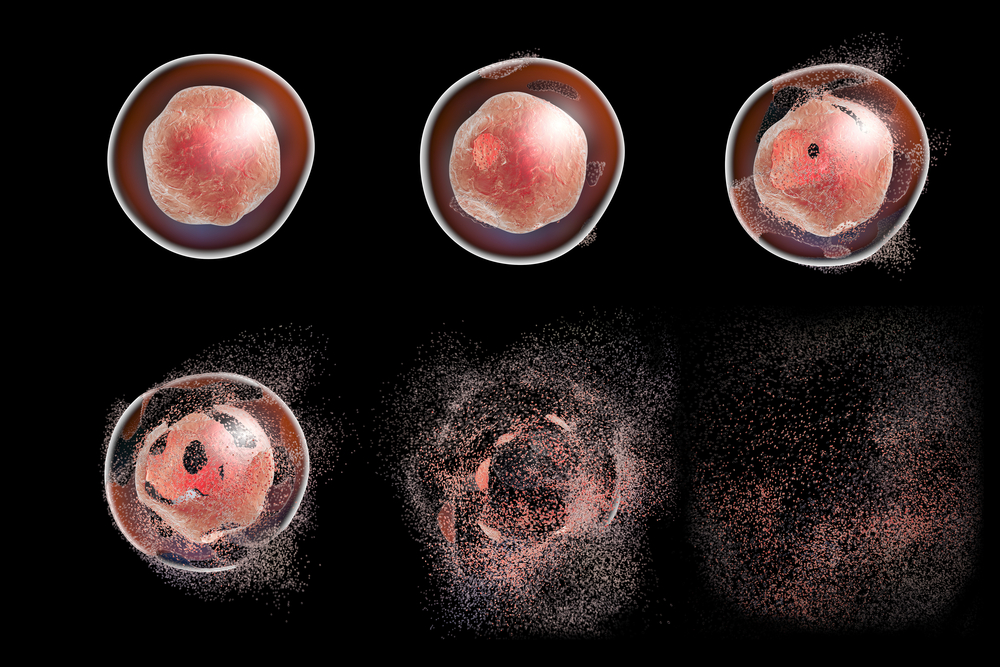
Switching from inside to outside
In case of damage in the cell, the cell either initiates apoptosis (i.e. programmed cell death) via intracellular pathways or the cell gives a "destruction command" to the outside. This is a classic example from the field of immunology and is used, for example, in the case of damage caused by an infection. If the cell has been "attacked", so to speak, it can theoretically happen that the pathogen influences the cell in such a way that the pathogen spreads further. This is quite typical in the case of viral infections.
To prevent this, cells have developed the mechanism of DAMPS or PAMPS. DAMP is the abbreviation for damage-associated pattern - also called alarmin. PAMP stands for pathogen-associated pattern. This can involve various molecules that are released in the event of cell damage and thus activate the immune system - this is the "destruction signal". As a result, the corresponding cell is destroyed by cells of the immune system. This is controlled by various molecules that are also part of the circuit. This communication from cells to the outside and from cells to each other is important. But without commands from the outside to the cell, nothing works either. Let's look at this third communication pathway.
Circuits from outside to inside
We now know: cells act themselves and react to commands they receive from other cells. But they also respond to external, non-organic commands. A good example is light, which can activate some circuits. Light activates the production of melanin in our skin cells and shrinks the pupils in the eye so that the incidence of light on the retina is reduced. Our sleep rhythm is also influenced by light (more on this in the next article on rhythmic oscillation). There are specialised sensor cells in our body for reacting to external influences such as light, pH value, temperature or pressure. As part of a circuit, they absorb external influences via receptors and thus translate them into the language of the body, i.e. on a molecular level. Other cells then react to them. But not only the sensor cells, but every cell in our body reacts to external influences.
Organs and systemic units
All parts of our body are interconnected at the cellular level. But organs and parts of different body units also communicate within themselves and with each other. And what is the most important control centre of our body? - Correct, the brain, or more precisely our central nervous system, which also includes the spinal cord. Here, signals are not only sent, but also received, processed and passed on.
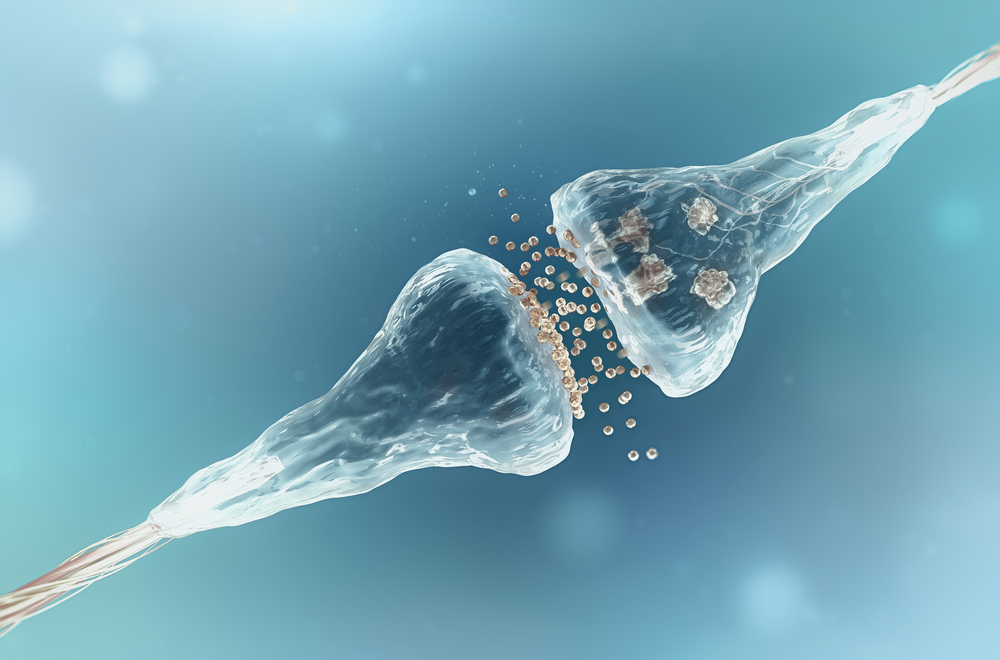
Meta-circuits: Organisms within the organism
Other organisms also play a major role in the functionality of our body. The intestinal flora (microbiota) is always in the spotlight of various studies on our health. It affects us significantly and consists of billions of bacteria and other microorganisms. The microbiota is said to have an impact on allergies, the immune system and our mental health, among other things. So it's no surprise that this cog is also important to the body's overall circuitry. The gut microbiome can therefore be the cause of both health and disease.
The Domino Problem of Circuits
The integration of all these circuits and their individual cogs is essential for a functioning overall machinery, and in the event of malfunctions at individual points, our body has effective repair mechanisms. Nevertheless, the complex interconnection also leads to the fact that illness seldom only affects individual points, but shows itself in various symptoms via the numerous links.
As you can see from the examples, all these and also all other functional chains within our body, in the organs and in and between the cells are indispensable for a well-functioning overall organism and thus for health. The overall machinery of the body consists of a breathtaking number of individual circuits and individual cogwheels that turn. However, as soon as individual important chains fall away or no longer function properly, this can have a chain reaction effect on other processes and thus endanger our entire health.
Some of these circuits are dependent on products of the body, some are dependent on external factors. Others are subject to a regularity within their dependence. In this case, one speaks of oscillation. These oscillating rhythms, which include for example our sleep-wake rhythm and the menstrual cycle, will be discussed in the next article of the hallmarks of health.
Literature:
López-Otín, Carlos, and Guido Kroemer. "Hallmarks of health." Cell 184.1 (2021): 33-63. https://pubmed.ncbi.nlm.nih.gov/33340459/
Images:
The images were acquired under licence from Shutterstock or Canva and marked accordingly.



